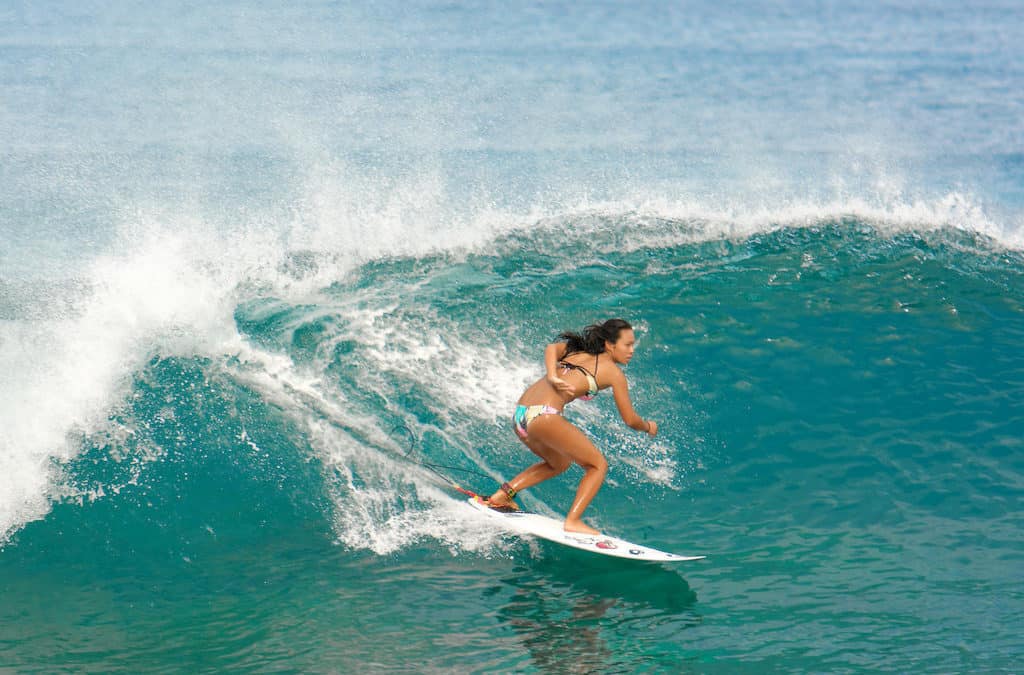Unlike other sports where the playing field is constant or predictable, surfing is a sport with an element of infinite surprise. No two sessions are ever the same. There are multiple factors that play into what makes a surf break work, including tide, wind, and swell direction, height, and period. Then throw in ocean currents, marine life, and other surfers and you have an ever-changing playground.
It is this continuously changing environment that makes surfing so appealing and difficult. Because there are so many factors, surfing can be dangerous if you are not cognizant of the semi-avoidable hazards. For the most stoke-provoking and safe surf session, you must be well-versed in the following components that make up the sport of surfing.
Ocean currents
To the untrained eye, ocean currents, such as rip currents are nearly invisible. It is only when you get stuck in a current that you will get a glimpse of the ocean’s underlying strength. It is important when you are surfing, especially if you aren’t in top surf shape, to pay attention and not let yourself get sucked out too far from the line-up. Paddling back in against the current can be exhausting.
Rip currents can be very dangerous if you don’t understand them, get caught in one, and panic. Read “Safety and Wellness Tips to Follow While in Costa Rica” for a brief lesson on this particular common type of current and how to get out of one.

Tides
There are two high tides and two low tides every day. The tides will change every day (usually between 30 and 60 minutes) and the length of time between tides varies from place to place but is typically around every six hours. The moon cycle also affects how big the tides are. The difference between low and high tide in Playa Grande is quite impressive and sometimes upwards up 10 feet.
Different breaks work best around different tides. Playa Grande is usually at its best from a mid to high tide or high to mid tide. However, if you are a beginner surfer, surfing at a lower tide might be more desirable since the strength and size of the waves isn’t usually as strong or big.
Sometimes in Playa Grande, when the tide is particularly high there can be a backwash effect. If you are surfing when this is happening, be extra careful as this presents an added level unpredictability and challenge.

Sun
While you should always wear sunscreen when out in the sun and in the surf (reef-friendly sunscreen, of course), it is incredibly important to do so in Costa Rica. Costa Rica is only 10 degrees north of the equator and due to this close proximity the sun is extra strong here; not to mention the added strength from the reflection on the ocean. A wicked sunburn can wreck your surf vacation.
Also, unlike other sports where you visibly sweat and have easy access to water or other hydrating liquids, when you are surfing it is far more difficult to gauge dehydration. Between the beating sun and the constant paddling and movement, you are losing a lot of water even if you don’t realize it. Dehydration is dangerous. Make sure that you drink plenty of water before you go for a surf and to rehydrate often.

*This portion of the surf guide will be split into two parts. Part two will include safety information regarding marine life, surf equipment, and other surfers, and the importance of trusting your intuition.
In the meantime, go get some waves!
